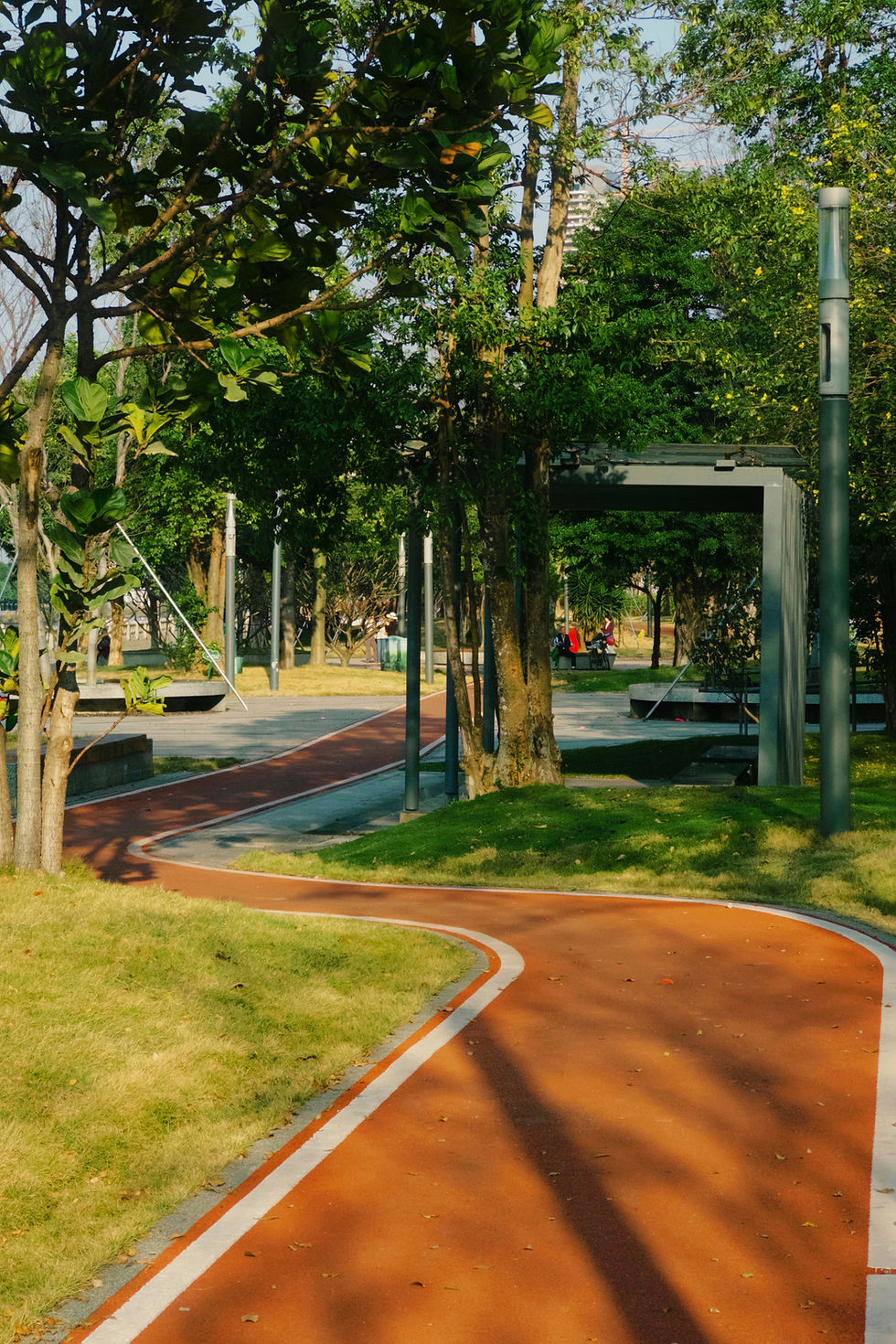Playing for the Planet: How Multispecies Games Could Transform Urban Futures
- Yen Nguyen
- Sep 20
- 3 min read
Hinde Babbler
20-09-2025
At sunset, when the slanting rays of the setting sun heads westward in that same bird village, the sound has taken on a different tone, as though it is also saying goodbye to the passing day.
Kingfisher takes note of such a miraculous occurrence. He marvels at the beauty of nature and the purity of bird vocalization, pitying those who have failed to recognize this.In “Conductor”; Wild Wise Weird (2024)

Cities are often designed with humans alone in mind. Urban planning typically treats nature as a “service provider”—trees as shade, rivers as drainage, parks as recreation spaces—rather than as living systems with their own rights and needs. This anthropocentric worldview, deeply rooted in modern planning traditions, has reinforced environmental injustices and sidelined non-human species from decision-making [1,2].
A new study proposes a creative solution: multispecies role-playing games. By inviting players to step into the perspective of non-human beings—soil, sparrows, rivers, or beavers—these games allow participants to explore what urban planning might look like if all species had a voice. Four games, developed and tested between 2022 and 2024, applied ethical principles of human–nature partnerships, emphasizing recognition, participation, intrinsic value, and reciprocity [3].
The results are striking. When humans role-played as non-human characters, they began to recognize the interconnectedness of urban ecosystems, appreciate intrinsic ecological values, and negotiate planning outcomes more equitably. For instance, players acting as soil emphasized its foundational role in sustaining life, while those speaking for rivers advocated for flow integrity over human infrastructure projects. Such embodied practices fostered ecological empathy and challenged ingrained assumptions of human dominance.
Yet challenges remain. Some justice dimensions—like fair distribution of resources—were harder to simulate, and short games limited how deeply participants could shed anthropocentric perspectives. Still, these experiments provide a promising “safe space” for social learning, enabling planners, students, and citizens to reimagine inclusive futures where non-humans are not silent stakeholders but active participants [4,5].
Urban futures cannot be sustainably designed if humans ignore the ecological communities they depend on. By training people to see through non-human eyes, multispecies games strengthen their Nature Quotient (NQ) [6]. Higher NQ in planning will promote greener, fairer cities where both humans and non-humans can thrive. As climate change and biodiversity loss reshape urban life, the next generation of planning may depend not only on new technologies, but also on new imaginations [7]. Multispecies games suggest that the future of sustainability begins with learning to play together—humans and nature alike.
References
[1] Muradian R, Gómez-Baggethun E. (2021). Beyond ecosystem services and nature’s contributions: Is it time to leave utilitarian environmentalism behind? Ecological Economics, 185, 107038. https://doi.org/10.1016/j.ecolecon.2021.107038
[2] Washington H, et al. (2021). The trouble with anthropocentric hubris, with examples from conservation. Conservation, 1, 285-298. https://doi.org/10.3390/conservation1040022
[3] Harms P, Joshi N, Knauß S. (2025). Designing multispecies role-playing games: From human-nature partnerships towards multispecies justice. npj Urban Sustainability, 5, 68. https://doi.org/10.1038/s42949-025-00257-1
[4] Ampatzidou C. et al. (2018). All work and no play? Facilitating serious games and gamified applications in participatory urban planning and governance. Urban Planning, 3, 34-46. https://doi.org/10.17645/up.v3i1.1261
[5] Flood S, Cradock-Henry NA, Blackett P, Edwards P. (2018). Adaptive and interactive climate futures: systematic review of ‘serious games’ for engagement and decision-making. Environmental Research Letters, 13, 063005. https://doi.org/10.1088/1748-9326/aac1c6
[5] Vuong QH, Nguyen MH. (2025). On Nature Quotient. Pacific Conservation Biology, 31, PC25028. https://doi.org/10.1071/PC25028
[6] Nguyen MH. (2024). How can satirical fables offer us a vision for sustainability? Visions for Sustainability, 23(11267), 323-328. https://doi.org/10.13135/2384-8677/11267




Comments